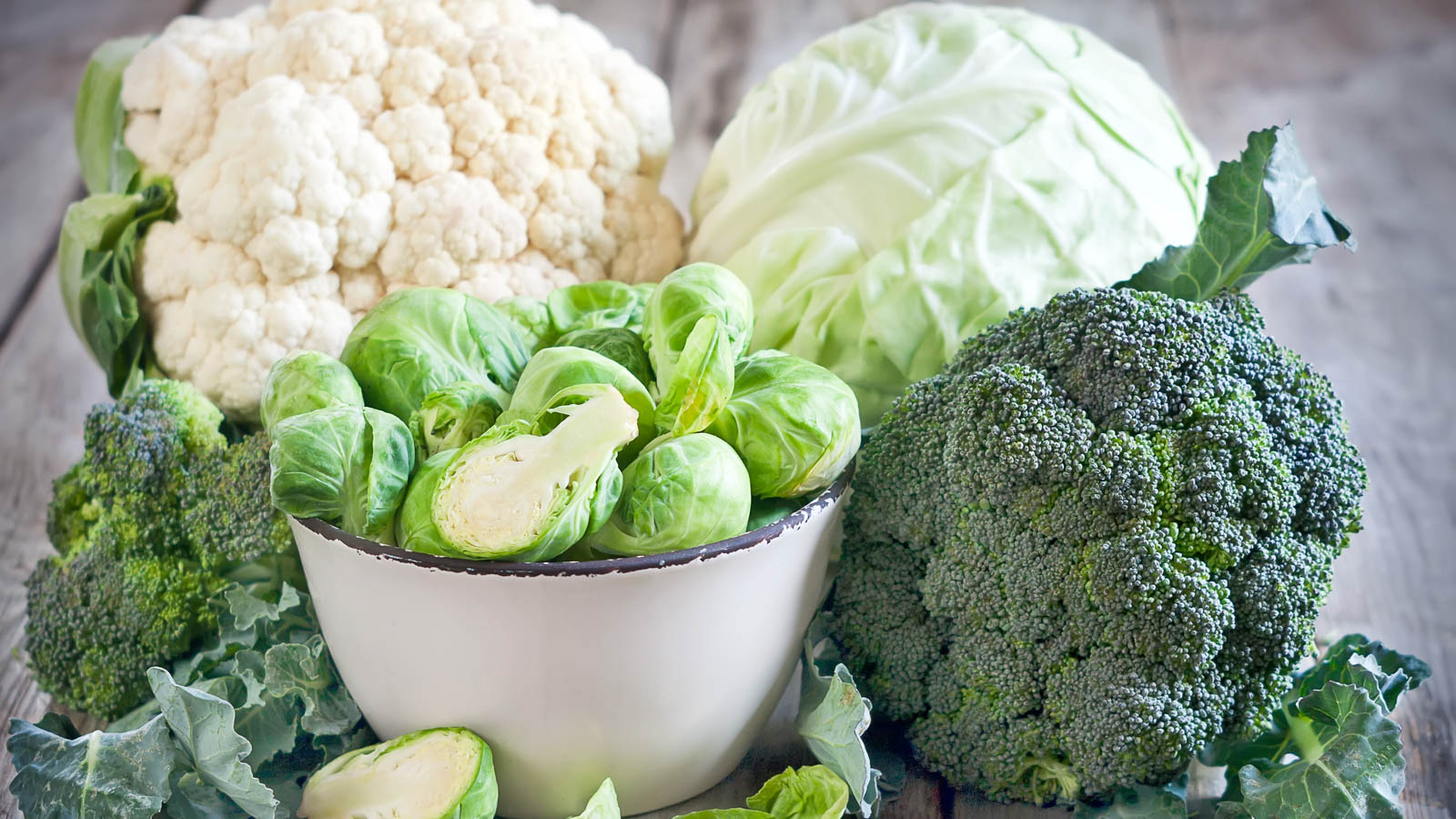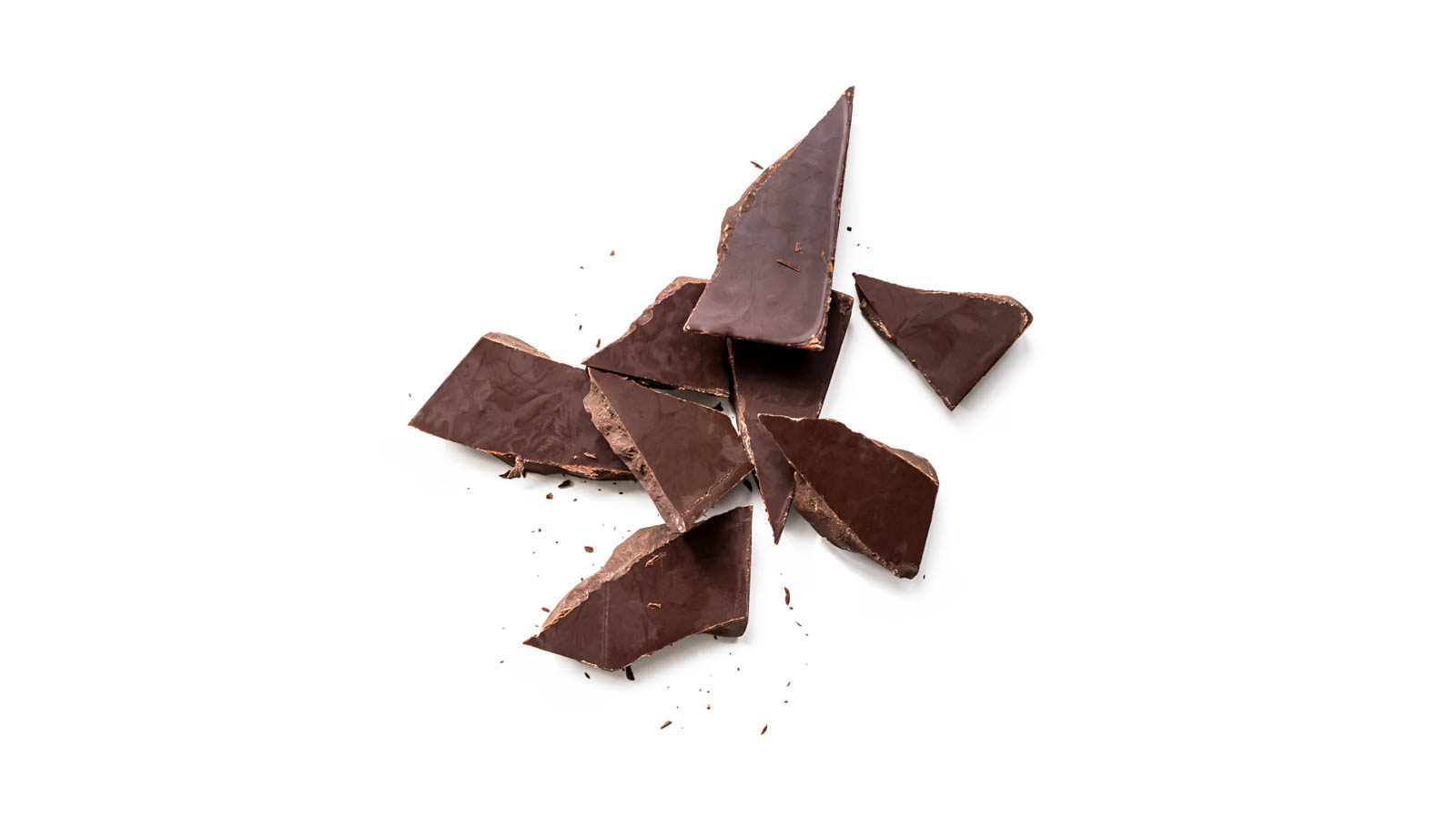By Annie Loupy via WeedMaps News, provided exclusively to Benzinga Cannabis.
While cannabis remains illegal in certain parts of the world, phytocannabinoids, endocannabinoids, and plants that mimic the effects of cannabis are legally sold and grown all around us. Not only found in your cannabis plant, these compounds can also be found in other plants with these cannabimimetic, meaning similar to cannabis, effects to enjoy some of the same benefits and effects that the cannabis plant has to offer.
Phytocannabinoids, which are cannabinoids found in various plants aside from cannabis, are responsible for activating CB1 or CB2 receptors, which signal messages to the endocannabinoid system (ECS), an internal system that controls homeostasis and contributes to the health of body and brain. Endocannabinoids, also known as endogenous cannabinoids, signal molecules deriving from lipid precursors that exhibit their effects when activating cannabinoid receptors (CB1 and CB2).
For those who live in states, provinces, or territories where cannabis is legal or are simply interested in endocannabinoid activation without the stoned buzz that THC produces, look no further than your own backyard garden or local supermarket. There are a variety of spices, herbs, plants, and vegetables that have cannabimimetic effects – as well as another popular dessert ingredient for readers with a sweet tooth.

Spices: Cinnamon, Clove, Oregano and Black Pepper
Beta-caryophyllene is one of the most abundant terpenoids found in the essential oil of cannabis that activates the CB2 receptor. However, it's not only found in cannabis — beta-caryophyllene is also commonplace throughout the plant kingdom and found in many herbal essential oils, including clove, oregano, cinnamon, and black pepper. Activation of the CB2 receptor is commonly known as “a potential therapeutic strategy,” according to the Proceedings of the National Academy of Sciences of the U.S., for the treatment of inflammation, pain, and mood disorders — benefits also associated with these spices.

Herbs: Echinacea & Rue
Like cannabis, other herbs activate the CB2 receptors, too. Echinacea and rue have been identified as two naturally and abundantly growing herbs that are significant CB2 agonists.
Commonly found in drug stores, echinacea is a plant-based over-the-counter supplement that is believed to ward off the common cold and relieve various respiratory ailments. The endocannabinoids alkylamides and anandamide (AEA) are found in echinacea, bind to the CB2 receptor and, like the THC cannabinoid, greatly inhibits inflammation.
Rue, a common strong-smelling herb found in the Balkans, has a compound called rutamarin that has a selective affinity to the CB2 receptor. Rutamarin is known for its sedative and antiviral effects, though it's poisonous in large doses.

Plants: Helichrysum & Liverworts
Cannabigerol (CBG), a phytocannabinoid found in cannabis, is also found in the aromatic and mood-regulating essential oil of helichrysum. Although CBG does bind to the CB2 receptor, it has a low affinity toward both receptors and actually activates the endocannabinoid system by means of inhibiting anandamide uptake. Commonly referred to as the “bliss molecule,” anandamide appears to correlate to feelings of well-being and happiness. By inhibiting the uptake of anandamide, CBG accumulates and increases its known psychotropic and therapeutic effects.
Aside from cannabis, liverworts are a common New Zealand plant that have been identified as one of the few plants to contain a CB1 agonist cannabinoid. Compared with THC, however, the molecule (−)-cis-perrottetinene (also known as cis-PET) found in liverworts is a less-potent psychoactive cannabinoid. It is, however, a legal psychoactive substance that has been used to obtain a “legal high” in Switzerland and New Zealand, according to Vice.

Veggies: Broccoli, Kale & Sprouts
The family of the plant genus Brassica contains many vegetables you might see on a daily basis — broccoli, cauliflower, kale, cabbage, brussels sprouts, and cabbage. These cruciferous vegetables have been reported to lower cancer risk but also heavily slow thyroid function, according to studies. The same anti-cancer dietary molecule found in both Brassica vegetables and cannabis has been identified as a CB2 receptor agonist that activates anti-inflammatory effects, a 2009 study published in the Journal of Biological Chemistry has found.

The Boost: Chocolate
Cacao, the primary ingredient in chocolate, is not a phytocannabinoid and does not have any cannabimimetic effects. However, it is widely praised as an enhancement to the THC effects. It was thought that that chocolate contains anandamide, but it isn't exactly true. Cacao actually contains an anandamide reuptake inhibitor. This means that cocoa boosts anandamide in the body by decreasing the enzyme FAAH which readily metabolizes anandamide, similar to the behavior of helichrysum, but doesn't actually contain this endocannabinoid.
More research is needed in all areas of plant-based cannabinoids, but in the meantime, those who can't legally experiment with the potential benefits of cannabis can still seek out similar plant-based phytocannabinoids at their local grocery store or home garden.
Photos provided by WeedMaps News.
© 2025 Benzinga.com. Benzinga does not provide investment advice. All rights reserved.
Trade confidently with insights and alerts from analyst ratings, free reports and breaking news that affects the stocks you care about.